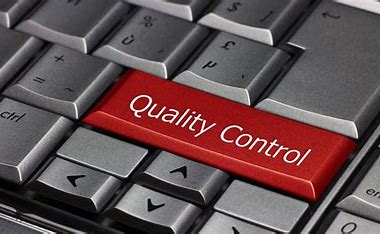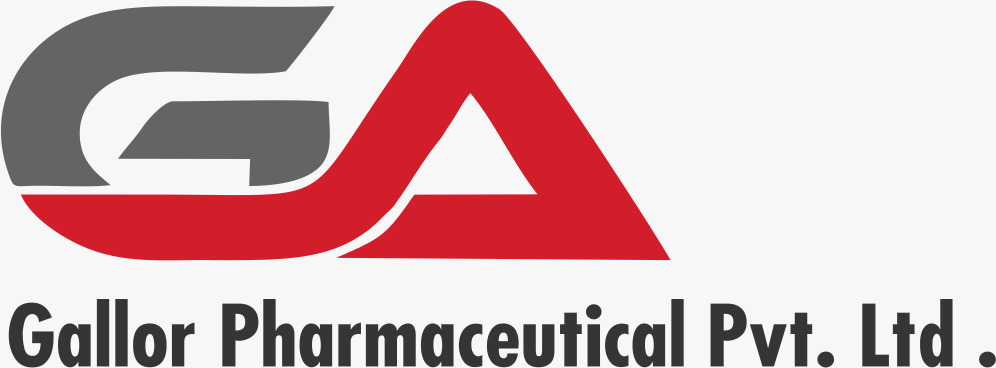Quality control is a crucial aspect of any organization that seeks to ensure the excellence of its products or services. It is a systematic process that aims to detect and prevent defects, reduce variations, and ensure consistency in products or services. In this essay, we will delve into the definition, purpose, key elements, types, tools, and benefits of quality control.
Definition
Quality control is a process that involves the systematic examination and evaluation of products or services to ensure they meet specific requirements and standards. It is a proactive approach that aims to prevent defects and variations, rather than reacting to them after they occur.

Purpose
The purpose of quality control is to ensure that products or services meet the required standards, specifications, and customer expectations. It aims to detect and prevent defects, reduce variations, and ensure consistency in products or services. Quality control also seeks to enhance customer satisfaction, reduce costs, and improve the overall reputation of the organization.
Key Elements
There are several key elements of quality control, including:
– Inspection: Regular examination of products or services to identify defects or deviations.
– Testing: Evaluating products or services through various methods to ensure they meet requirements.
– Certification: Verifying that products or services meet specific standards or regulations.
– Continuous Improvement: Regularly assessing and improving processes to enhance quality.
Types of Quality Control
There are three types of quality control:
– Preventive: Proactive measures to prevent defects or issues.
– Detective: Identifying defects or issues through inspection and testing.
– Corrective: Taking action to correct defects or issues.
Tools and Techniques
There are several tools and techniques used in quality control, including:
– Checklists: Systematic lists to ensure consistency.
– Flowcharts: Visual representations of processes to identify potential issues.
– Pareto Analysis: Identifying the most significant factors affecting quality.
– Root Cause Analysis: Identifying the underlying causes of defects or issues.
Benefits
The benefits of quality control are numerous, including:
– Improved Customer Satisfaction: Consistent, high-quality products or services.
– Reduced Costs: Minimizing waste, rework, and repairs.
– Enhanced Reputation: Demonstrating a commitment to quality.
– Increased Efficiency: Streamlined processes and reduced variability.
Excellence
At our company, we strive for excellence in everything we do. We believe that good is not good enough and that we should always aim to be better. We set high standards for ourselves and work tirelessly to achieve them. Whether it’s in the products we create, the services we provide, or the way we interact with each other and our customers, we aim to excel.
Attention to Detail
We understand that attention to detail is crucial to delivering high-quality results. That’s why we prioritize precision, accuracy, and thoroughness in every task and project. We take the time to double-check our work, ask questions, and seek feedback to ensure that we’re meeting our high standards.
Reliability
Our customers and partners trust us to deliver on our promises, and we take that responsibility seriously. We’re reliable, dependable, and consistent in our words and actions. We show up on time, meet deadlines, and follow through on our commitments.
Innovation
We believe that innovation is key to staying ahead of the curve and driving growth. We encourage creativity, experimentation, and learning from failures. We invest in research and development, stay up-to-date with industry trends, and explore new technologies and methodologies.
Customer Focus
Our customers are at the heart of everything we do. We prioritize their satisfaction, understand their needs, and deliver value to them. We listen actively, respond promptly, and go above and beyond to meet their expectations.
Continuous Learning
We recognize that learning is a lifelong journey, and we’re committed to ongoing education and development. We provide training programs, mentorship opportunities, and education assistance to help our team members grow professionally and personally.
Accountability
We take ownership of our mistakes, learn from them, and make improvements. We’re accountable for our actions, decisions, and outcomes. We’re transparent, honest, and ethical in all our interactions.
Collaboration
We believe that collaboration is essential to achieving our goals. We work together effectively, share knowledge, and leverage each other’s strengths. We communicate openly, actively listen, and respect each other’s perspectives.
Efficiency
We strive to optimize our processes, maximize productivity, and minimize waste. We streamline our workflows, leverage technology, and continuously improve our systems.
Safety and Well-being
We prioritize the health, safety, and well-being of our employees, customers, and the environment. We provide a safe and healthy work environment, promote work-life balance, and support each other’s well-being.
Conclusion
Quality control is a vital aspect of any organization that seeks to ensure the excellence of its products or services. By understanding the definition, purpose, key elements, types, tools, and benefits of quality control, organizations can implement effective quality control processes that enhance customer satisfaction, reduce costs, and improve their overall reputation.

